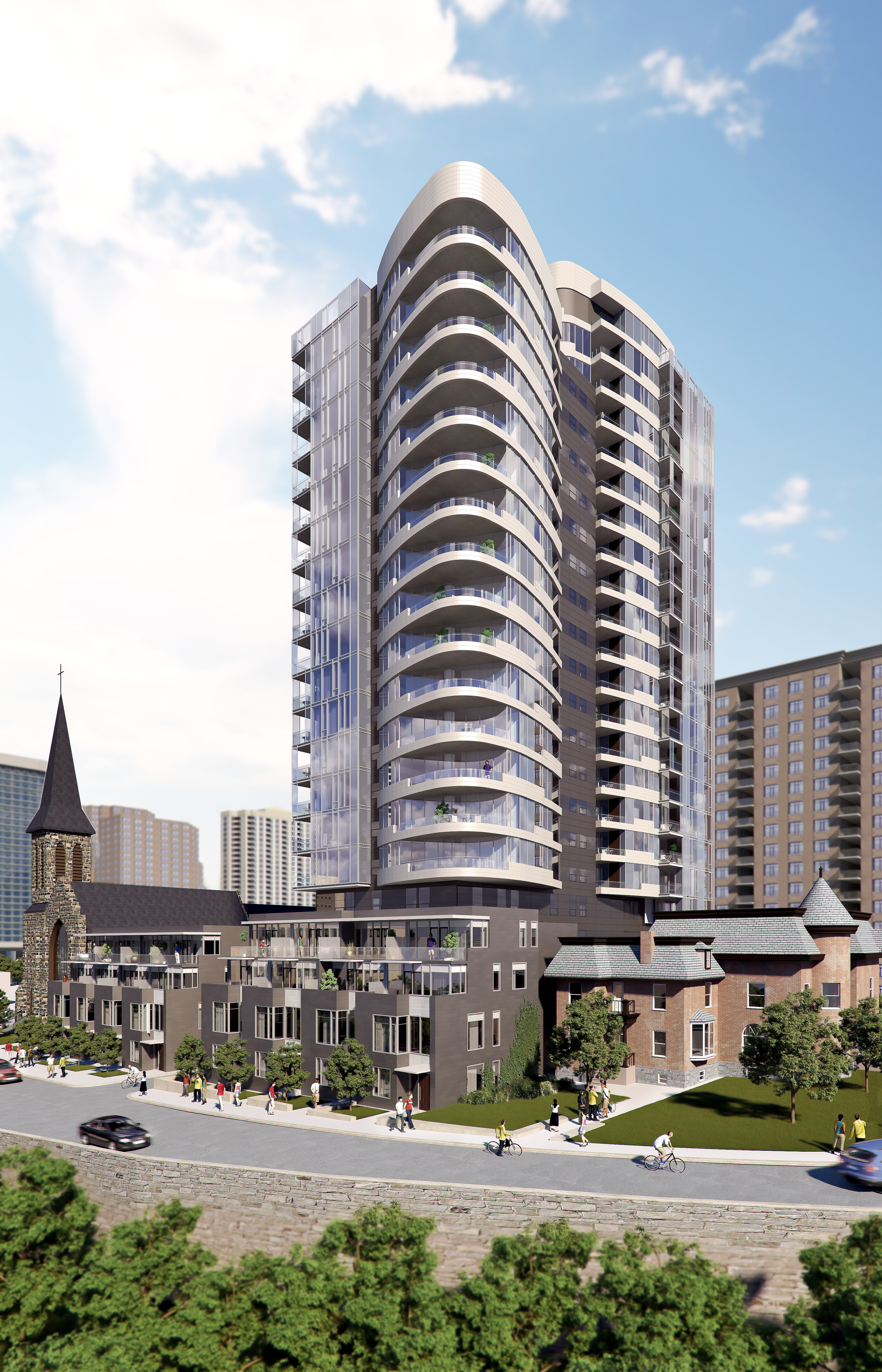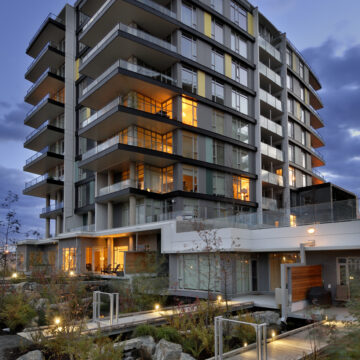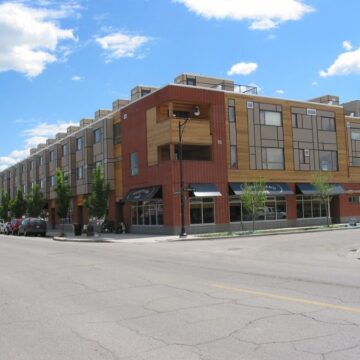The Evolution of Finance to Drive Eco-Social Innovation in the Built Environment
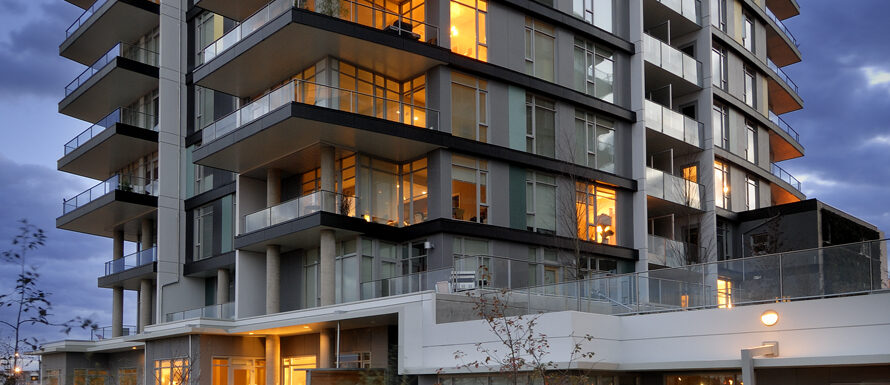
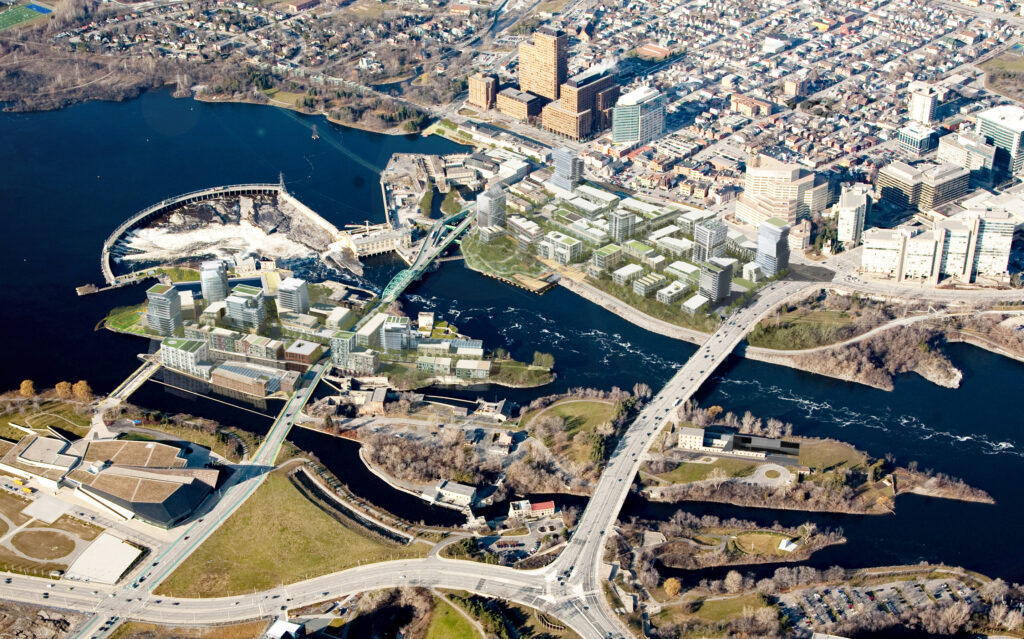
In the early stages of my career, I was in high tech/venture capitalism in the heady days of the dot-com bubble in the late 1990’s. Anything that could show hockey stick growth on a PPT was getting thrown millions of dollars at silly valuations. As crazy a time as it was, it was hard not to be amazed at the financial creativity applied to fuel innovation to leverage the internet to evolve mankind as we know it. It was also about the same time climate change activism was gaining strong momentum and there was a connection being made between viable business opportunities and climate action–primarily in the areas of solar and wind energy.
Thanks in part to the 1999 book, “Natural Capitalism” by Amory Lovens and Paul Hawkins, a spotlight was also starting to shine on the built environment as a major contributor to the climate emergency. It was also an industry that was ripe for innovation to deliver the most viable transition to a zero-carbon or even regenerative future compared to almost all other industries. At the same time as the tech bubble burst in 2003, my parents were facing a succession dilemma with the family construction and development business. The outcome was a real estate development company focused on driving innovation through sustainability, The Windmill Development Group. From the outside looking in, the real estate industry had not changed much in how we build and finance real estate in over 100 years since the first concrete high-rise building was built in 1904, The Ingalls Building in Cincinnati, Ohio. Windmill was born from a belief that sustainability was going to drive unprecedented innovation in the built environment. The introduction of financial creativity into one of the most conservative finance sectors was going to be a key driver of success. Venture capital in the built environment was non-existent and the financial barriers were clear:
· A focus on first capital costs with an inability to finance any kind of business case that was based on lifecycle savings that lowered energy use and resulting carbon;
· Long investment cycles in an industry with the lowest R&D allocation to any other major industry and major repercussions of a failed innovation application as buildings cannot be disposed of as easily as a failed cell phone chip;
· Beyond carbon, an inability to quantify the health, productivity and social impacts of the built environment into the financial thesis.
The Canada Green Building Council was formed in 2002 to formally introduce the LEED rating system to the Canadian built environment. I was on the founding board, which consisted of architects, engineers, etc. but no representation at all from the financial community.
For almost eight years from the introduction of LEED to Canada, adoption was limited because the industry could not make sense of the increase in first capital costs despite the positive life cycle and environmental business case. There was lots of design innovation happening, but the finance community was not interested. In 2005, Windmill introduced the first Green Loan to Canada on the first LEED Platinum mixed-use building in Canada, a mechanism to finance lifecycle costs in a multi-residential building. We had to work with a small boutique merchant bank in France as no Canadian entity would entertain our structure. Now the Toronto Atmospheric Fund and others offer this as a standard product in Canada.
Although not directly related, after the 2009 financial crisis, the financial community started to enter the conversation. For institutional owners, LEED started becoming a prerequisite instead of a cost barrier. Environmentally friendly buildings were increasingly being viewed as an approach to provide a stronger risk adjusted return. More responsible tenants were starting to demand it as they were beginning to understand the health and wellness benefits, with this, the industry innovation curve started to steepen.
LEED and other similar rating systems primarily focus on building performance, reduction of resource use and the corresponding reduction of carbon. The industry was starting to make sense of how to value this. Venture Capital firms were starting to be created focusing only on the built environment, proptech became new nomenclature. Starting at pretty much zero in 2012, approximately $30 billion in proptech investment occurred in 2019.
In 2015, the UN adopted the Sustainable Development Goals (SDGs) and discussion in the real estate financial community continued to expand to better understand the impact the built environment has on health and wellness, and broader social issues as it relates to the UN’s SDGs. Increasingly, the real estate finance sector, including pension funds, banks and others, were beginning to define the ESG lens as it applies to real estate. Green bonds were starting to be leveraged; in 2017 approximately 30% of the $155 billion in green bonds issued were applied to the real estate sector.
In 2020, we were hit with COVID-19 and it further exposed the huge disparities created by where and how we build the places we work, live and play, and the related societal impacts. It has become abundantly clear real estate is a cornerstone to creating solutions not only to combat the climate crisis, but also the different health and social crises in our society.
In the real estate financial community, the conversation has further evolved from venture capital, to green bonds focused mostly on environmental solutions now to broader ESG, Impact Investing and Social Bonds. Impact investments are investments made with the intention to generate positive, measurable social and environmental impact alongside a financial return. Figuring out where real estate partnerships between public, non-profit and private collide to create optimum societal benefit is increasingly being understood as the surest path to long term, risk protected, real estate investment.
This is setting the path to eco-social innovation in the built environment – creating planet fit assets that generate thriving communities where we all are able to live, work and play harmoniously within the finite confines of our one planet. Although this statement still seems altruistic, Moore’s law (the theory that the speed and capability of computers will increase every couple of years) could almost be applied to the rate of change and growth in capital being directed to this outcome. If we keep going at this pace, we have some exciting and disruptive times ahead of us in the built environment.

